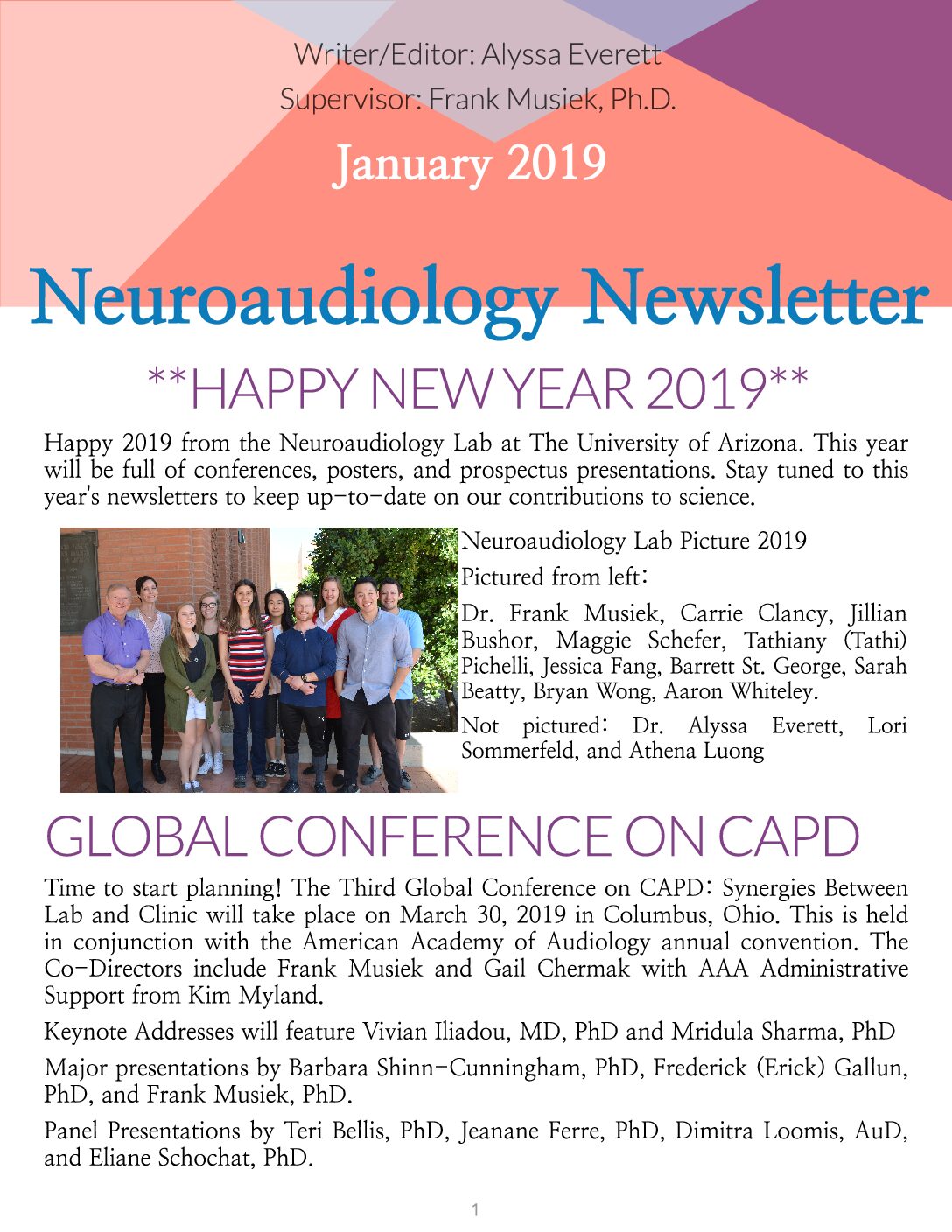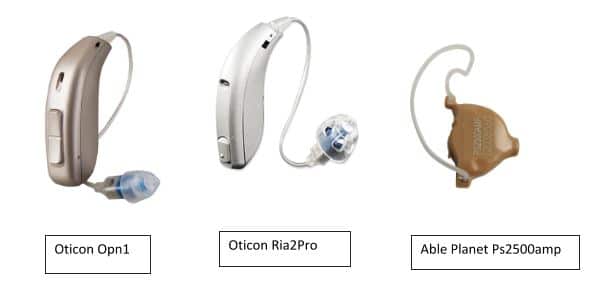Since 2015, with the release of the PCAST report, over-the-counter (OTC) hearing aids have been a hot topic among professionals who work directly with persons with hearing loss. Although OTC hearing aids have not been fully codified by the FDA and does not officially yet exist as a product category, it is believed by many experts that OTC hearing aids are a key component to improving access and affordability of hearing care for adults.
To better understand the effectiveness of existing low-cost hearing technology, several well-respected research teams around the country have published studies investigating the benefit and performance of personal sound amplification devices (PSAPs).
Considering the findings of three relatively recent lab-based studies* it is reasonable to conclude some PSAPs, those that generally retail for more than $300 and have one or more user-adjustable parameters, could serve as a budget-friendly option for adults with mild to high frequency moderate hearing loss who cannot afford traditional hearing aids.
Comparing Hearing Aids and Personal Amplifiers
Published on-line May 16 at JAMA-Otolaryngology, a group of Korean researchers have built on the research comparing patient benefit of PSAPs to traditional hearing aids. Cho and colleagues compared two traditional hearing aids, one premium (Oticon Opn1) and one basic (Oticon Ria2 Pro) to one PSAP (Able Planet’s Ps2500amp) across a variety of measures, including speech intelligibility testing, listening effort using a dual-task procedure and pupillometry, as well as self-ratings of sound quality and preference.
The devices are shown below in Figure 1:
The study included 56 participants between the ages of 48 to 59 years, divided into three groups based on their degree of hearing loss (19 with mild hearing loss, 20 with moderate hearing loss and 17 with moderately severe hearing loss).
All study participants wore each of the three products (2 hearing aids, 1 PSAP) for an extended period and were blinded to the level of technology or type of device they were wearing.
Results of speech intelligibility in quiet tests indicated that all three devices outperformed the unaided condition for the three groups. However, in the aided condition, speech intelligibility in quiet test results showed no meaningful differences across devices for the mild and moderate hearing loss groups, while the moderate-severe group showed significant improvement with the premium device.
The same general trend held true for speech intelligibility in noise test results: For mild and moderate hearing loss groups there were no substantial differences in performance between the PSAP and either hearing aid, while for the moderately severe hearing loss group, the premium hearing aid clearly outperformed the basic hearing aid and PSAP.
For the mild hearing loss group, the use of a challenging test paradigm in the study likely resulted in no discernable differences between the unaided compared to any of the three aided conditions.
It is notable that speech intelligibility in noise testing was conducted under challenging listening conditions in the sound-treated booth, with the K-HINT presented at an intensity level of 65 dB SPL and noise coming from four directions while SNR threshold was measured, and speech intelligibility in babble noise testing (expressed as a percent correct score) was completed with speech presented from the front of the participant at 40 dB SPL, at a 0 dB SNR.
In addition to speech intelligibility testing, the study also measured listening effort and sound quality preferences as well as overall personal preference for each device.
Although there were some small differences across devices for objective listening effort with pupillometry, the general trend showed no substantial differences between the PSAP and two hearing aids for mild and moderate losses, while those with moderately severe hearing losses demonstrated a preferences for the premium hearing aid.
Is Today’s PSAP, Tomorrow’s OTC Hearing Aid?
There is mounting evidence that high quality PSAPs are a viable alternative for adults who have mild to moderate hearing loss who cannot afford traditional hearing aids. Additionally, this study demonstrates that PSAPs are not suitable for individuals with moderately severe hearing losses.
Given the rapid pace of technological advances and the deregulation of hearing aids, many devices, today labeled as PSAPs, could be sold, soon, directly to consumers as OTC hearing aids.
Considering the low uptake rates of hearing devices by individuals with hearing loss and the co-morbidities associated with untreated hearing loss, it behooves hearing care professionals to embrace vetted hearing devices, including traditional hearing aids, OTC hearing aids, self-fitting hearing aids and PSAPs that can lower the overall cost of care and improve the lives of those who need help with their hearing.
The entire article can be accessed here. A one-page commentary by Johns Hopkins University audiologist Nick Reed accompanies the article.
References:
- These three studies listed in order of publication date include:
- (1) Reed NS, Betz J, Kendig N, Korczak M, Lin FR. Personal sound amplification products vs a conventional hearing aid for speech understanding in noise. JAMA. 2017;318(1):89-90.
- (2) Voss A, Oeding K, Bankaitis AU, Pumford J, Valente M. Coupler and real-ear performance between PSAPs and hearing aids. Hearing Review. 2018;25(11):10-18.
- (3) Brody, Wu & Stangl A Comparison of Personal Sound Amplification Products and Hearing Aids in Ecologically Relevant Test Environments American Journal of Audiology. 2018 Dec 581-593.









Fake news and fake research. OTC aids are not able to support cognitive performance in brain functions.. It cannot be observed by listening checks or even HA analyzers. The manin u=issue that progresses hearing loss is MPO control. Manufacturers have MPO values that are at least 75% higher than what the patient will ever need. These settings cause the hearing loss to get worse. Satallof and Sataloff (1999) in their book “Hearing Loss” had reported that Hearing aids were the main culprits in the degradation of hearing loss because they damaged the myelin sheaths of the 8th auditory nerves. Thus is not being reported by the hearing aid industry because of the profit making incentives.
If the MPO’s of all technologies can be reduced by at least 30-50% then we can save the hearing damage by lowering the amplification pressure and sound pressure on the cochlear outer cells and the 8th nerve.. Millions of hearing impaired people worldwide will benefit .I have successfully created stellar results by reducing MPO’s. The HA gain values need not be changed within the microchip technologies..